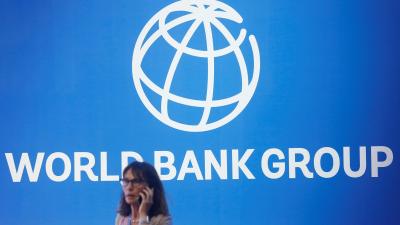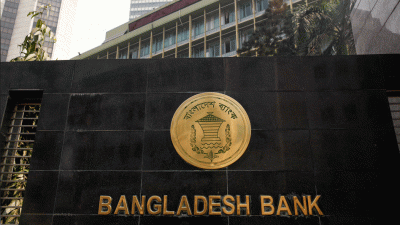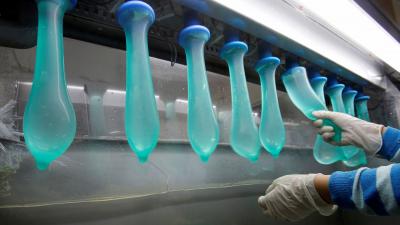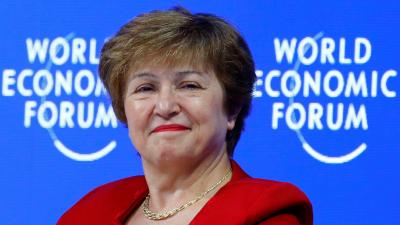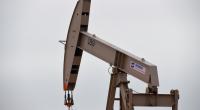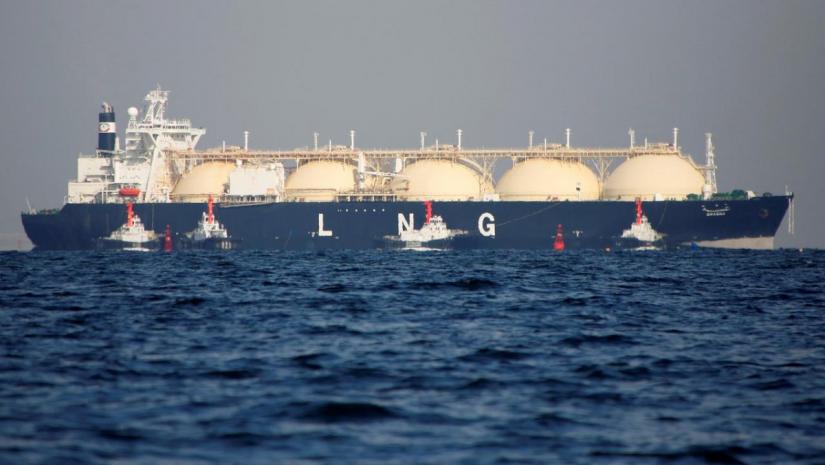 The construction of three pipelines to supply Liquid Natural Gas (LNG) will end by Feb 15. With two already in existence, around 1000 million cubic feet of gas will come through five pipelines. Now, 560 to 600 million cubic feet of LNG will be brought.
The construction of three pipelines to supply Liquid Natural Gas (LNG) will end by Feb 15. With two already in existence, around 1000 million cubic feet of gas will come through five pipelines. Now, 560 to 600 million cubic feet of LNG will be brought.
MD of Gas Transmission Company Ltd (GTCL), Engineer Md Atiquzzaman, said: “A total of three lines will be constructed, Moheshkhali-Anwara parallel line, Chattogram–Feni-Bakhrabad and the 7km line from Zero Point to Moheshkahli. The work will be completed by Feb 15.”
The rent of a 500 million cubic feet LNG terminal is $ 159,000; added to this is the operating plus preservation cost of $ 45,814 and $ 32,000 port cost every day.
So, whether an LNG terminal is used or not, the daily cost is $ 237,000.
As the domestic gas supplies fall, Bangladesh has moved to import LNG.
Bangladesh’s annual imports of LNG could nearly triple to at least 10 million tonnes over the next three to four years, Tawfiq-e-Elahi Chowdhury, energy adviser to the prime minister, told Reuters in September last year.
LNG first came to Bangladesh in August 2018 by US company Excelerate Energy. Last year, Summit’s LNG terminal began and though they were supposed to supply 1,000 million cubic feet of gas, the current supply is 560 to 600 million cubic feet since the construction of the gas lines have not been completed as yet.
In September 2019, the state-run Petrobangla shortlisted 17 companies for its spot tender process as it plans to buy around 1 million tonnes of LNG in 2020.
Two months later, Bangladesh Power Development Board signed a deal with Saudi Aramco and Riyadh-based ACWA Power to develop a 3,600-megawatt LNG-based power plant and terminal in the country.
“Aramco will indeed supply the LNG. The source of LNG is Aramco. In addition, they will build the LNG terminal to store the LNG. ACWA will build the power station to convert LNG to power,” Prime Ministers Adviser for Private Industry and Investment Salman F Rahman told Reuters.
The power plant and an onshore regasification terminal could be built in the Moheshkhali area in Cox’s Bazar or an alternative location, upon completion of a feasibility study, according to Reuters.
Bangladesh currently has two floating storage and regasification units (FSRUs) with a total regasification capacity of 1 billion cubic feet per day - equal to about 7.5 million tonnes a year.
It is also building a land-based terminal that can handle 7.5 million mtpa of LNG, expected to be ready in five years.
Petrobangla already imports about 300-400 million cubic feet per day of LNG - equivalent to 3.5 million tonnes a year in total - through two long-term contracts with Oman and Qatar.
Bangladesh has a 10-year LNG import deal with Oman Trading International. That LNG is priced at 11.9 percent of the three-month average price of Brent crude oil plus a constant price of 40 cents per million British thermal units (mmBtu).
Under its 15-year deal with Qatar, Bangladesh pays 12.65 percent of the three-month average price of Brent oil plus a constant of 50 cents per MBTU.

